Contentious as they are, smart motorways are here to stay. Learn about the different types and how to use them safely.
Smart motorways are being rolled out across the UK, with 300 additional miles of no-hard-shoulder smart motorway being added to the network in England by 2025. While smart motorways are a contentious issue, it is important to understand how they work, since they are a long-term component of national transport policy.
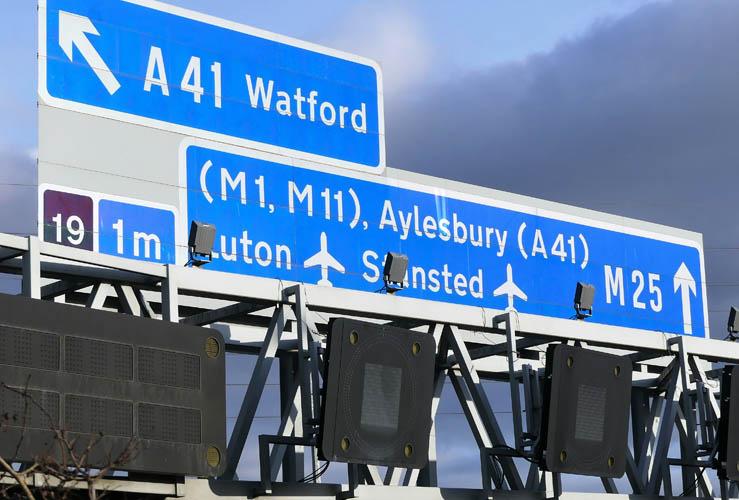
Using smart motorways incorrectly is illegal, dangerous and could result in a fine.
Here we cover questions on the subject commonly asked by motorists.
You can contribute to the debate in the comments section below.
Smart motorways were developed by Highways England (formerly the Highways Agency) as a way of managing traffic and tackling congestion during especially busy periods. They are often viewed as a cost-effective way to increase traffic capacity - especially at busy times - without having to build new lanes on motorways. New motorway capacity takes time to build, is expensive and has a negative impact on the environment.
Variable speed limits are used to control traffic flow, while some smart motorway types use the hard shoulder as a regular running lane.
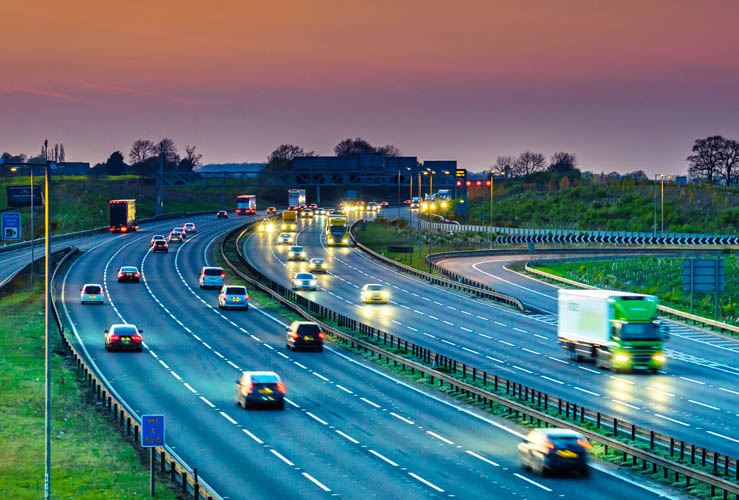
There are three types of smart motorway: ‘controlled’, ‘dynamic hard shoulder’ and ‘all-lane running’ schemes.
This type of smart motorway involves using the hard shoulder as a running lane on a permanent basis. The former hard shoulder only gets closed down if there is an accident.
If a lane gets closed, a ‘red X’ sign will be displayed on overhead gantries. Driving on a ‘red X' lane is extremely dangerous because you could meet traffic coming the other way. It is also illegal and could result in a fine.
Gantry signs make clear what the speed limit is. If no speed limit is visible, the national speed limit is in place.
Speed limits can change quickly. As has been pointed out by some motorists, this rapid change could result in drivers having to suddenly hit their brakes.
Highways England say there is a short lag between when speed cameras begin enforcing the new speed limit, to give drivers a chance to reduce speed. However, this lag may be as short as 10 seconds - although no official lag period for all cameras has been specified. However, an investigation by AutoExpress suggested a grace period of up to 60 seconds.
Stretches of smart motorways are monitored for accidents by CCTV. Replacing the old-style hard shoulder as a place to stop in the event of a breakdown, emergency refuge areas (ERAs) have been constructed by the side of the carriageway.
ERAs - often painted orange to increase visibility - are spaced on average 1.5 miles apart.
This type of smart motorway still has a hard shoulder which is used in the same way as old-style motorways, but it can be used as a running lane if traffic levels increase.
When a hard shoulder is not used, a ‘red X’ will be shown on overhead gantries, or the words ‘hard shoulder for emergency use only’ will be displayed.
If you see either of these, you must leave the hard shoulder lane as quickly as you can.
As with all variable speed limit signs, they are enforced by speed cameras, and once again, if no speed limit is shown, the national speed limit applies.
As with 'all-lane running' motorways, speed limits can change quickly, potentially causing drivers to reduce speed dramatically. And as mentioned, there is a short 'grace'' period during which speed cameras will not enforce the new speed limit - but this may be as short as 10 seconds, or up to a minute.
Emergency refuge areas (ERAs) - often painted orange to increase visibility - are available if there is an accident, spaced 1.5 miles apart.
'Controlled motorways' function in a similar way to old-style motorways, but variable speed limits are used to control traffic. Speed limits are displayed on overhead gantries with the national speed limit in effect where no limit is shown. Speed cameras enforce these limits.
Once again, drivers may need to reduce speed quickly if a speed limit falls, with speed cameras enforcing the updated limit after a short lag.
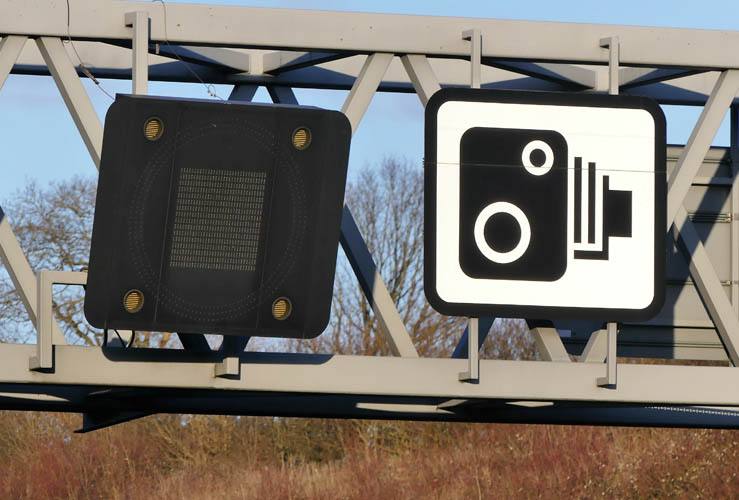
The hard shoulder has been a part of motorway driving for many years, providing an area for broken-down vehicles to stop safely, and allowing rescue vehicles access. Their gradual phasing out has worried for some motorists, who believe they improve safety.
But data from Highways England suggest smart motorways have improved journey reliability by 22%, while accidents resulting in personal injury have dropped by more than 50%. Highways England have been collecting data since 2006, when the first smart motorway opened.
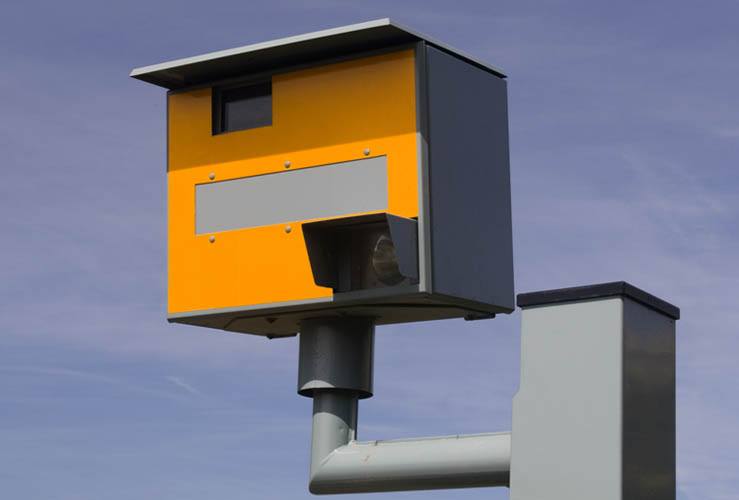
As mentioned, speed cameras enforce the variable speed limits on smart motorways. As with any other part of the road network, breaking these limits could result in a fine.
Smart motorway speed cameras are smaller than traditional speed cameras and are painted yellow.
It's important to note that these speed cameras also enforce the national speed limit. They are also far more numerous than on regular motorway and road stretches. Indeed, between junction 30 and 35a of the M1 in Yorkshire more than 60,000 speeding tickets were reportedly issued in almost three years, amounting to £6,233,700 in enforcements.
The maximum potential fine for motorway speeding is capped at £2,500. The largest penalties are handed down when driving at 101mph or above on a 70mph motorway: Disqualification for 7-56 days OR 6 points, and 150% of relevant weekly income, although for serious offenders a magistrate may give a fine of 175% of weekly income.
Drive on a 'red X' lane and you'll receive an automatic £100 fine and three penalty points.
If you break down on a smart motorway, look for the large blue SOS signs next to the emergency refuge areas (ERAs), which are often painted orange.
Then:
- Switch on your hazard warning lights
- Exit from the passenger side and move behind the crash barrier
- Use the SOS phone and speak to a Highways England representative who will tell you what to do next
- Do not use an ERA for anything other than a breakdown or accident - this includes toilet breaks, making phone calls and resting
- Move onto the verge if there is no crash barrier and if it is safe to do so
- Turn on hazard warning lights
- If you pull up in a nearside lane, get out through the nearside - left hand - doors if it is safe to do so, and wait behind any nearby crash barrier
- If you cannot reach a nearside lane or safely exit your vehicle, stay inside with your seatbelts on and call 999 for help - if you have mobile phone access
- If you've broken down on a smart motorway lane, the authorities should switch on the 'red X' sign to prevent other road users from driving in that lane
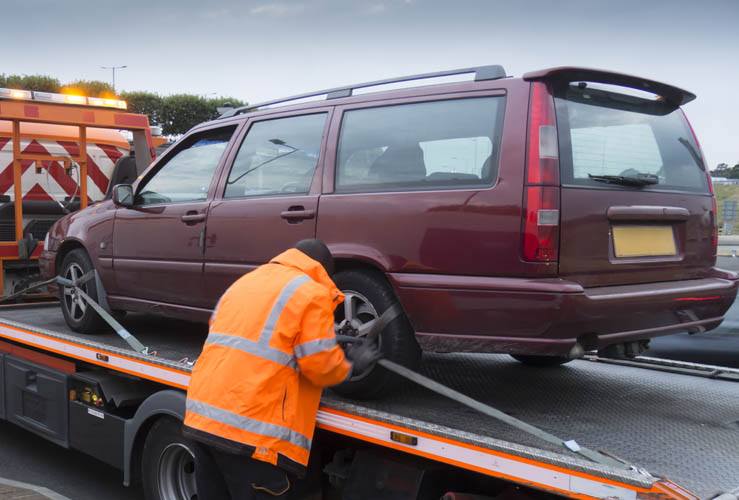
Yes we can, but since most smart motorway lanes are used by traffic (permanently or temporarily) our operatives must work with Highways England before we can attend. This is for safety reasons.
Involvement of Highways England may not be necessary if you manage to reach an emergency refuge area (ERA).
But if you break down on a live running lane we cannot dispatch assistance until Highways England has made the scene safe - by turning on 'red X' signs and ensuring police or Highways England Traffic Officers have attended the scene.



